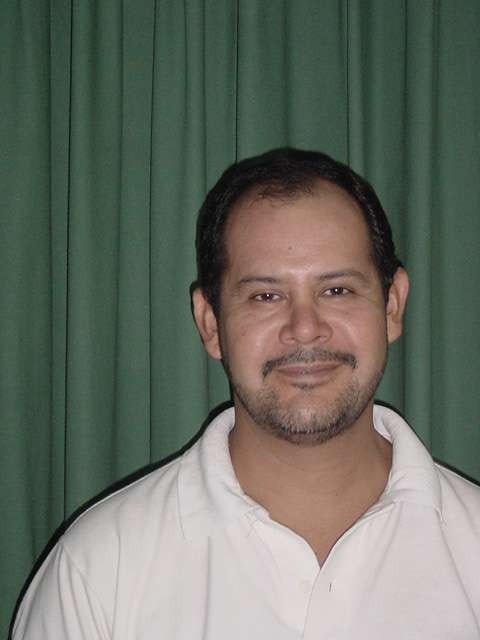Conservation and sustainable use of the Atlantic Forest, San Rafael, Paraguay

The interior Atlantic Forest of southeast Brazil, northeast Argentina and eastern Paraguay bears the dubious distinction of being one of the most threatened yet biologically diverse ecosystems in the world. The forests of the region form a clearly defined area of biologically unique birds, mammals, reptiles, butterflies and plants.
Much of the wildlife found in the Atlantic Forest is now in danger of extinction. The combination of a concentration of endemic species with the loss of habitat has resulted in the recognition of the Atlantic Forest as one of the top five hotspots in the world for biodiversity conservation.
San Rafael, in southeastern Paraguay, is an area made up of more than 50 independent properties. It also contains one of the largest continuous blocks of Atlantic Forest remaining in the country. Its 60,000 ha of forest protect the upper watershed as well as the sources of several tributaries within the Parana River drainage system. It was declared the first Important Bird Area in Paraguay and only the second in South America.

As so much of Paraguay’s land is privately owned, conservation is therefore heavily dependent on private initiatives. The government has given several incentives such as tax rebates to landowners to encourage conservation. Victor Vera was formerly Director of the National Parks and Wildlife Department. A botanist by background, he has worked as an environmental consultant and an ecology professor. His experience led him to set up the Natural Land Trust in 2000, in a bid to create an effective conservation framework in Paraguay.
Victor Vera and the Natural Land Trust, the first such trust in South America, have been working in San Rafael since January 2001. Their main objective is to encourage private landowners to establish conservation easements – voluntary agreements to plan the future use of property so as to conserve existing natural resources. Victor and his team have been developing alternative income generating activities to deforestation that are economically sound, making the establishment of easements even more attractive to the landowners. Projects include sustainable use of forests, non-timber forest products and nature tourism.

After lengthy meetings with landowners and small farming communities, the trust is now establishing nine conservation easements in the area of San Rafael, covering 6,300 ha. Over the next two years, they hope to extend this area to 10,000 ha and involve even more landowners. Success will also bring improved incomes to small farmers and indigenous groups.



